Recent news:
4000th facility has been added to the Ski Jumping Hill Archive
7000th ski jumping hill added to the Archive!
New Granåsen ski jump in Trondheim inaugurated
Fire destroys ski jumps in Biberau-Biberschlag
Copper Peak: Funding of the renovation finally secured
Send us your ski jumping hill photos and information via email!
Latest updates:
2025-01-13
2025-01-12
2025-01-11
2025-01-10
2025-01-09
2025-01-08
2025-01-07
2025-01-06
Advertisement:
Partner:




 Zell am See
Zell am See
Data | History | Hill records | Competitions | Contact | Map | Photo gallery | Comments
.
Köhlergrabenschanze:
| K-Point: | 80 m |
  Hill record: Hill record: |
84.0 m (Willi Egger  , 1959-12-27) , 1959-12-27) |
| Inrun angle: | 47° |
| Landing angle: | 39° |
| Year of construction: | 1935 |
| Coordinates: | 47.322750, 12.776472 ✔ 
 |
Schmittenschanze:
| K-Point: | 30 m |
  Hill record: Hill record: |
34.5 m (Peter Radmacher  , 1923) , 1923) |
| Year of construction: | 1921 |
| Coordinates: | 47.323650, 12.789624 ✔ 
 |
Wimmschanze:
| K-Point: | 25 m |
  Hill record: Hill record: |
33.0 m (Leif Berg  , 1907) , 1907) |
| Year of construction: | 1906 |
| Further jumps: | no |
| Plastic matting: | no |
| Status: | destroyed |
| Ski club: | Skiklub / WSV Zell am See |
| Coordinates: | 47.322750, 12.776472 ✔ 
 |
History:
The Wimm-Grounds were the first ski area of Zell people. Then the Ski club was founded in 1906, the state championships of Salzburg were the first winter sports festival there. Afterwards enthusiasm and intensity of ski jumping activities at Zell am See strongly increased, but World War I broke this development roughly. After that new ski jumps were developed at Wimmwiesen and the types of constructions changed, too.
For the state ski championships of 1931 which were again hosted in Zell am See, the large Wimmschanze was prepared, but lead into a scandal between ski jumpers and judges. They didn’t want to start for their second jumps, because they thought the inrun length was too long and the danger of falls to high. Luckily the organisers could arbitrate between the parties and avoid an abruption. Then only few jumpers fell and nice jumps around 30 m were performed. In the following years this ski jumping hill was mainly used for junior and trial competitions.
The Schmittenschanze which was constructed in 1921 near the guesthouse “Stadt Wien” only existed for a short period of time. Few weeks after its completing it was only called “suicide hill”. Three out of four jumpers dumped more or less heavily and only the best could manage to stand their jumps safely. Even if there hadn’t been any serious injuries except broken legs, arms and skies, only the sight of the ski jump could have let shivers run down one’s spine – said those who still knew this jumping hill. In spite of attempts to convert the hill it was much too steep and the height of jumpers above ground was enormous. That’s why this fall jumping hill was soon removed and eroded due to its dangerousness.
In the early 1930’s the Skiklub was looking for anew location for a larger ski jumping hill and found it with Köhlergraben at Schmittental. After plans of the engineers Pazalt and Peyerl the modern Köhlergrabenschanze was constructed with the support of voluntary fatigue duty workers and many habitants of Zell. Many spectators then attended the opening with even some jumps on more than 70 m on March 8, 1936. In winter 1937 the Academic World Winter Games were hosted with Dellekart from Tyrolia set up a hill record of 80 meters.
In 1938 “Bubi” Bradl even jumped 81.5 m, a distance which could not be topped in the following 20 years despite of many Epiphany, Easter and cup competitions and even championships. Albin Plank once flew on 89 m and Baldur Preiml even 92 m, but both couldn’t stand. Only in 1959 Willi Egger managed to jump the still valid hill record of 84 m. The very last competition took place in March 1969, because with the centralisation of winter sports facilities in the federal states the end of the very popular ski jump in Pinzgau had come. Being Austrian champion of 1960 and Olympic Bronze medal winner in the same year, Otto Leodolter was the must successful ski jumper from Zell.
Source: Pinzgauer Bezirksarchiv, A-5700 Zell am See
 Hill records K80 (Men):
Hill records K80 (Men):
 Competitions:
Competitions:
 Contact:
Contact:
 Map:
Map:
 Photo gallery:
Photo gallery:
Advertisement:



 Banská Bystrica
Banská Bystrica Altenau
Altenau Eaux-Bonnes
Eaux-Bonnes Chréa
Chréa Oukaïmeden
Oukaïmeden












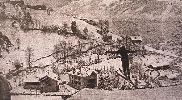

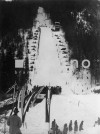

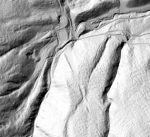


























































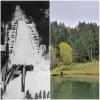

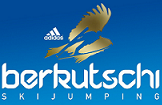
Post comment: